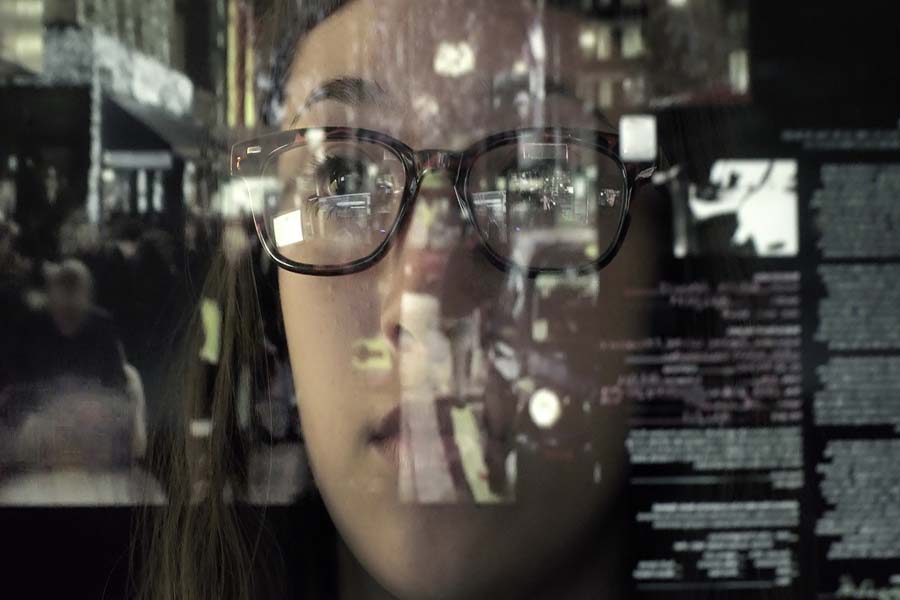
By Professor Peter Hupe, Honorary Senior Research Fellow
School of Social Policy, University of Birmingham
Information technologies have changed many of the daily encounters between individual citizens and government. Such changes vary from ways in which, in some countries, income tax is collected, to day-to-day operational work processes.
Digital tax collection
In the Netherlands, for instance, the yearly payment of income tax for citizens with an average income has become an almost fully automated process. All citizens of the country have a digital ID enabling them to log in while seeking contact with public agencies. When those citizens, in or around March, are obliged to do so, they see on the screen a range of personal data already collected by the Tax Office itself. These data – their salary earned last year, paid contributions to their pension and so on – then have to be complemented with personal information about their particular circumstances, which only the citizen involved could register. After a few months, the citizen receives (as yet via post) a letter from the Tax Office informing him or her about the final tax payment due over the past calendar year. In an average case, apart from the particular tax amount due, that letter is a fully automated one. Hence, the contact of this taxpayer with the Tax Office has taken place almost completely in an automated way.
Automated vs face-to-face contacts
In contemporary government, also ‘voice-to-voice’ contacts with citizens occur, as characterized by an equally (semi-) automated character. The customer services or help desk departments of a public or corporate modern organization often use taped voices to provide a ‘menu’ of choices. It may take a number of steps before one hears a human voice. And then it may happen that the primary task of the person concerned, in a front office sitting behind a computer screen, is to make referrals to an employee working in a particular department in a back office. Here, as well, face-to-face contact remains limited to a minimum.
Of course, not in all parts of the public sector has face-to-face interaction been replaced by automated contacts. In the classroom, the general hospital or a business inspection, it is still, respectively, the teacher, the nurse/medical consultant and the environmental inspector who are directly, face-to-face, interacting with the individual citizens involved, approaching the latter in their roles as pupils and their parents, patients, and managers. As yet, at the street level of government bureaucracy, technology has caused direct changes in the primary work processes overall. Occupational requirements have changed. Former secretaries may have become ‘office managers’. Medical doctors complain about the fact that too much paperwork, nowadays done at the screen, keeps them from having direct contact with patients in the consultation room.
Digitalization clearly has multi-dimensional effects on the human condition. The spread of novel office technologies is universal (‘Granddad, what is a “fax”?’). This has consequences for the ways in which public officials and individual citizens meet on the ‘ground floor of government’ – for better and for worse.
Source: ‘Contextualizing Government-in-Action’, Chapter 1 of the Research Handbook on Street-Level Bureaucracy Research: The Ground Floor of Government in Context, edited by Peter Hupe and published by Edward Elgar (2019).
